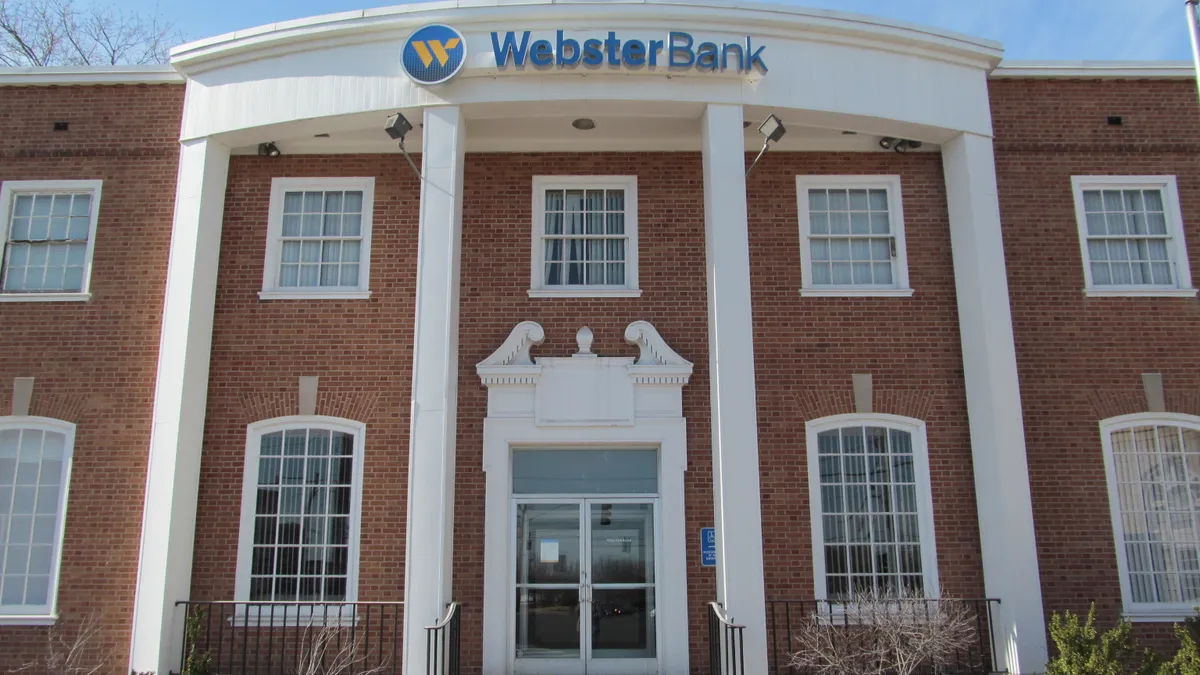Unlike most of its peers, Bank of America doesn't have an innovation lab, a dedicated space devoted to developing new products and solutions.
But that hasn't stopped the Charlotte, North Carolina-based bank from being granted 184 patents in the first half of 2020.
The country's second-largest bank announced last month it set a company record for most patents filed and granted by the U.S. Patent and Trademark Office in the first half of any year.
The bank said it applied for 415 patents this year for innovations regarding money transfer, bill payments, ATM transaction pre-staging, check verification using augmented reality, and cardless and deviceless authentication technology.
Decentralized innovation
The bank's prolific patent numbers stem from its decentralized thinking around innovation, said Cameron Wadley, the bank's chief operating officer for client-facing platforms technology.
"Rather than have a central group of people to think through innovation in ways to help support our clients and come forward with creative solutions to their problems, we choose to have more of a federated model, where we empower all of our employees across the workforce," Wadley said.
The bank still employs resident experts in certain areas where the bank is looking to innovate, Wadley said. But innovation is "part of everyone's job who works here," Cathy Bessant, Bank of America's chief operations and technology officer, has said.
"We do not have an innovation lab or an innovation team," Bessant said in a statement. "It is in our DNA that every day we ask what we can do to improve our clients' financial lives."
Nearly half of the company's recent patents are related to artificial intelligence (AI), machine learning and information security, said the bank, whose portfolio consists of 4,277 patents granted or applied for.
However, maximizing patents isn't the bank's ultimate goal, Wadley said.
"Patents aren't necessarily the measure of success," he said. "It's really the degree of impact that we're having on the client experience."
Katherine Dintenfass, the bank's senior vice president of digital banking and second-leading patent holder, said she expects innovations using predictive analytics will become more prevalent in the banking sector going forward.
"One patent, system for predictive usage of resources, is used to look at potential future balances based on your historical spending pattern and help make educated guesses and recommendations, based on those patterns, to our customer," she said. "I think what you're going to see as we continue through these topics and areas, is how we can really improve the customer experience, having these patterns and bring forward new features and skill sets that make it easier for the customer to do business with us."
The invention is partially used as part of AI platform Erica's "Forecast my Balance" capability. Erica is a virtual financial assistant the bank launched in 2018.
The bank doesn't have a dedicated budget for its patent projects, but it relies on more than 5,600 inventors based in 42 states and 12 countries, Wadley said.
"We do, however, have an expectation that the time and the resources that we devote to those activities align with our business strategy in a meaningful way," he said. "If it doesn't necessarily seem to have a very clear alignment, that's one that we would choose not to devote too much attention to. ... It's less a function of budget, and more about making sure that we keep our focus on things that will have a meaningful impact on the end client."
Bank of America spends $3 billion annually on new technology, an investment Dintenfass credits for the bank's success in bringing new patents to fruition.
"That's really significant in terms of how you think about these innovations coming to life, to touch the aspects of our customers," she said.
Bank of America CEO Brian Moynihan often mentions the bank's focus on technology in interviews and speaking engagements.
"We're a technology company, wrapped around a great bank, and that's going to be the future of what we do," Moynihan told the Financial Brand last year. "And that's because our customers demand it."
Local competition
Major corporations, including most of the nation's top banks, have some form of an in-house innovation lab that consists of a team of technology experts tasked with finding innovative solutions to problems.
Citi Innovation Labs, for example, is spread out among five cities — Dublin, Tel Aviv, London, New York and Singapore.
Truist, Bank of America's Charlotte-based neighbor, plans to open an innovation and technology hub in the city. An official opening date has yet to be announced.
As major banks chart their own paths toward innovation, Wadley said Bank of America doesn't feel pressure from competitors to change its innovation model.
"Our strategy is working, and what's most important is that we continue doing those things that have led our customers and clients to continue doing business with us and deepening relationships with us," Wadley said.
"I can't necessarily comment on what competitors are choosing to do, but I do feel fairly certain again just based on the numbers, and based on the record high levels of satisfaction from our clients that keeping things moving, doing more of the same, is exactly what they expect, and I think that's where we need to focus our attention," he said.






















